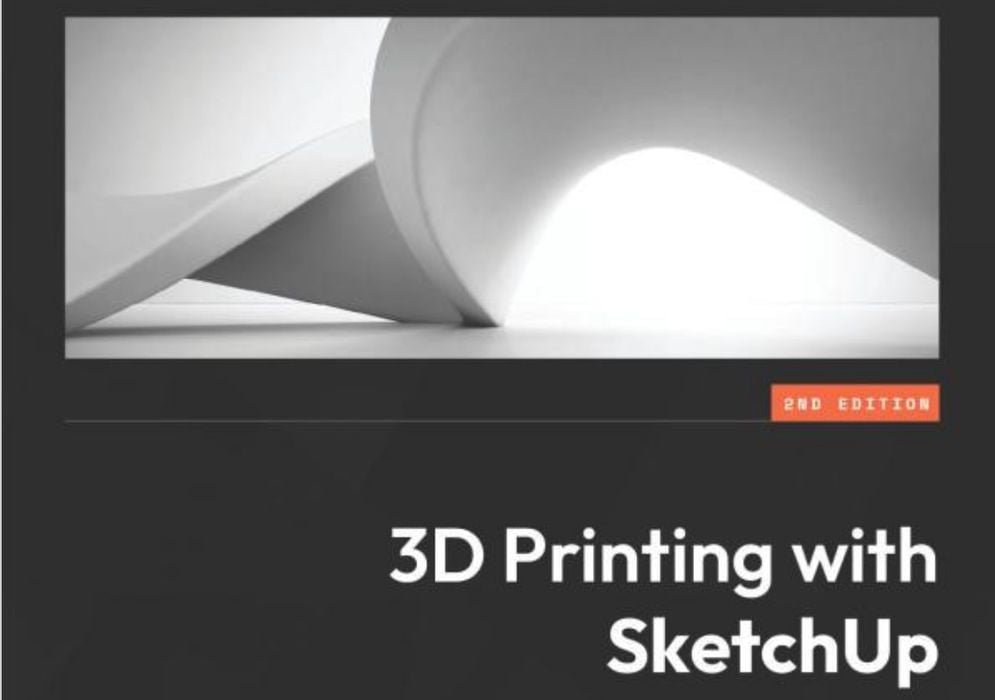
This week’s selection is “3D Printing with SketchUp” by Aaron Dietzen.
SketchUp is one of the oldest 3D modeling tools available, and one of the easiest to learn. For many of us, it was our first exposure to the technology of creating digital 3D objects.
That’s likely because SketchUp was at one time a Google product, which provided a significant boost to its fame — and its price, zero dollars, also attracted many. However, some years ago Google sold off SketchUp to software company Trimble, where it remains today.
Since the acquisition SketchUp has undergone numerous upgrades and is a pretty capable 3D system.
However, it isn’t widely used for preparing 3D printable models, and that has to do with its history. Initially SketchUp was designed to produce visual models, assets for games or 3D representations. That’s quite a bit different from the solid models required for printing.
It was straightforward to produce a 3D model in SketchUp, but it was a bit tricky to ensure it was a watertight structure suitable for printing. Even exporting to STL was initially not a simple thing.
Because of these reasons many in the 3D print community shifted away from SketchUp towards other CAD tools that were designed to produce solid 3D models with no extra effort required. Those tools use design paradigms that are quite different from SketchUp, so there are few that move back to SketchUp.
That all said, it is definitely possible to produce 3D models with SketchUp, and there’s a relatively small community of those who use it as their go-to 3D modeling tool. This book describes exactly how you go about preparing printable 3D models with the latest versions of SketchUp.
The book provides an overview of SketchUp, and explains the different versions of the tool currently available from Trimble. The decision process for version selection is discussed, and that’s an important step.
As you might expect, there are a couple of chapters devoted to the concept of designing for 3D printing, and ensuring the 3D models produced are indeed solid. The export of 3D models using STL format is explained in some detail. Dietzen also reviews the possibility of importing STL files into SketchUp for editing and repair, which is a practice I didn’t realize could be done.
Dietzen provides a complete, end-to-end workflow for creating solid 3D models from scratch using SketchUp, and that’s really the meat of this book.
If you are contemplating using SketchUp as your key CAD tool for 3D printable model development, this is definitely a book you should read.
We’re an Amazon Associate and earn a small commission from qualifying purchases. Help support our 3D print news service by checking out this book!
Via Amazon
